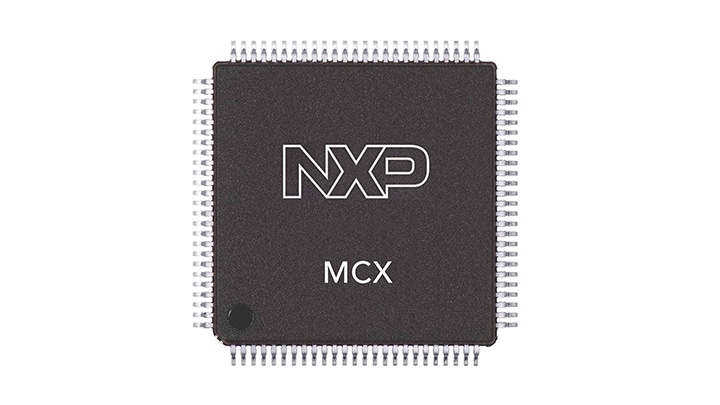
MCX N94x/54x Highly Integrated Multicore MCUs with On-Chip Accelerators, Intelligent Peripherals and Advanced Security
MCX A13x, A14x, A15x microcontrollers featuring an Arm® Cortex®-M33 core operate at up to 96MHz with high levels of integration and analog. They address a wide range of applications with scalable device options. The low-power and intelligent peripherals include timers that generate three complementary PWM pairs with deadband insertion, 4Msps 16b ADC with hardware windowing and averaging features. The innovative power architecture is designed to support high utilization of I/Os and power efficiency with a simple supply circuit in a smaller footprint.
The devices are supported by the MCUXpresso Developer Experience to accelerate embedded system development.
Choose a diagram:

Note: To see the product features close this window.
Part numbers include: FRDM-MCXA153, MCXA142VFM, MCXA142VFT, MCXA142VLH, MCXA143VFM, MCXA143VFT, MCXA143VLH, MCXA152VFM, MCXA152VFT, MCXA152VLH, MCXA153VFM, MCXA153VFT, MCXA153VLH.

MCX N94x/54x Highly Integrated Multicore MCUs with On-Chip Accelerators, Intelligent Peripherals and Advanced Security
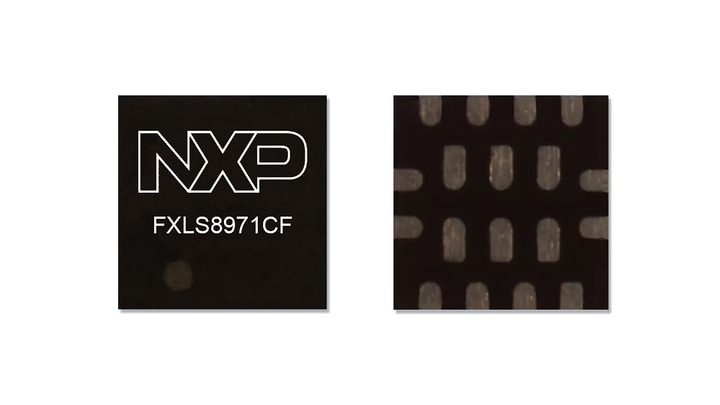
±2g/±4g/±8g/±16g, Low Power 12-Bit Digital Accelerometer
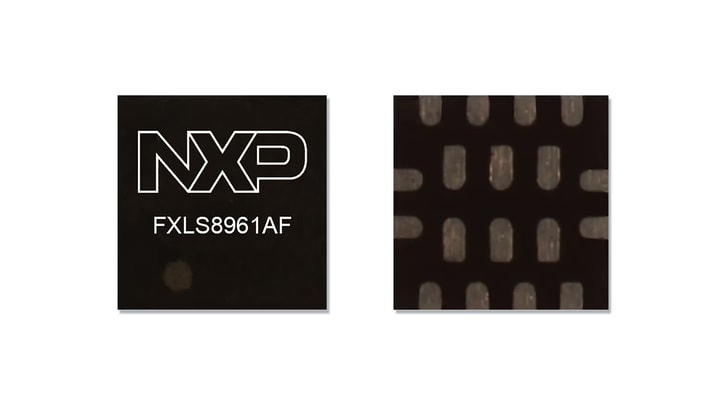
±2g/±4g/±8g/±16g, Low Power 12-Bit Digital Accelerometer
Quick reference to our documentation types.
1-5 of 11 documents
Please wait while your secure files are loading.
3 hardware offerings
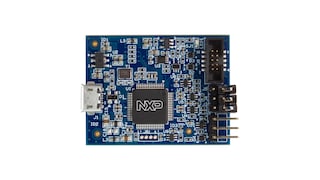
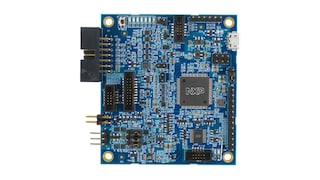
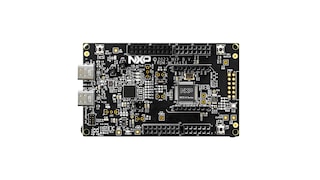
Quick reference to our software types.
1-5 of 9 software files
Note: For better experience, software downloads are recommended on desktop.
Please wait while your secure files are loading.
2 trainings